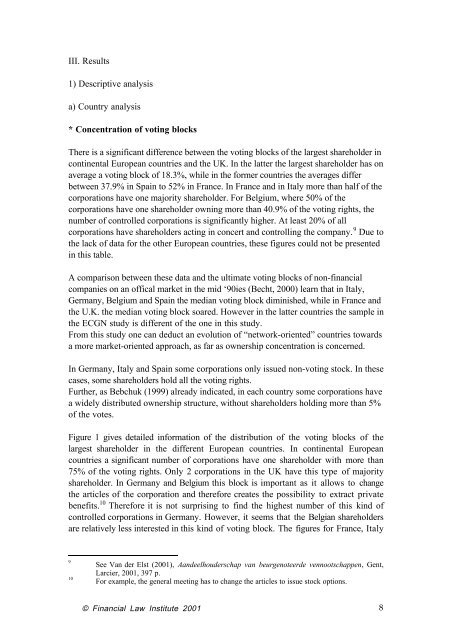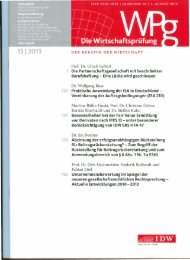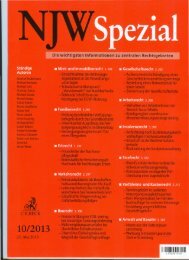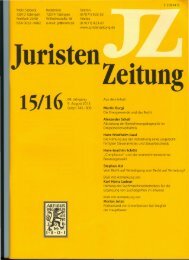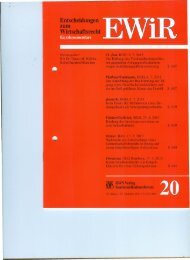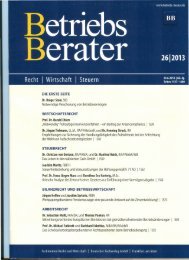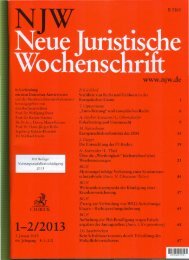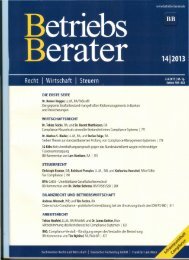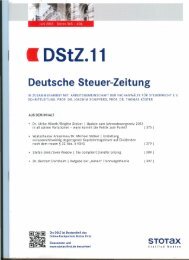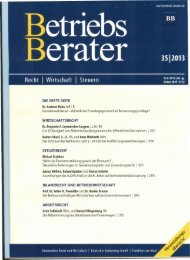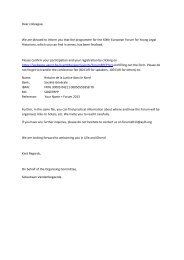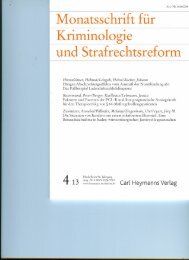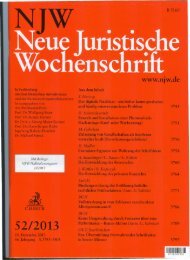Download - Universiteit Gent
Download - Universiteit Gent
Download - Universiteit Gent
You also want an ePaper? Increase the reach of your titles
YUMPU automatically turns print PDFs into web optimized ePapers that Google loves.
III. Results<br />
1) Descriptive analysis<br />
a) Country analysis<br />
* Concentration of voting blocks<br />
There is a significant difference between the voting blocks of the largest shareholder in<br />
continental European countries and the UK. In the latter the largest shareholder has on<br />
average a voting block of 18.3%, while in the former countries the averages differ<br />
between 37.9% in Spain to 52% in France. In France and in Italy more than half of the<br />
corporations have one majority shareholder. For Belgium, where 50% of the<br />
corporations have one shareholder owning more than 40.9% of the voting rights, the<br />
number of controlled corporations is significantly higher. At least 20% of all<br />
corporations have shareholders acting in concert and controlling the company. 9 Due to<br />
the lack of data for the other European countries, these figures could not be presented<br />
in this table.<br />
A comparison between these data and the ultimate voting blocks of non-financial<br />
companies on an offical market in the mid Ô90ies (Becht, 2000) learn that in Italy,<br />
Germany, Belgium and Spain the median voting block diminished, while in France and<br />
the U.K. the median voting block soared. However in the latter countries the sample in<br />
the ECGN study is different of the one in this study.<br />
From this study one can deduct an evolution of Ònetwork-orientedÓ countries towards<br />
a more market-oriented approach, as far as ownership concentration is concerned.<br />
In Germany, Italy and Spain some corporations only issued non-voting stock. In these<br />
cases, some shareholders hold all the voting rights.<br />
Further, as Bebchuk (1999) already indicated, in each country some corporations have<br />
a widely distributed ownership structure, without shareholders holding more than 5%<br />
of the votes.<br />
Figure 1 gives detailed information of the distribution of the voting blocks of the<br />
largest shareholder in the different European countries. In continental European<br />
countries a significant number of corporations have one shareholder with more than<br />
75% of the voting rights. Only 2 corporations in the UK have this type of majority<br />
shareholder. In Germany and Belgium this block is important as it allows to change<br />
the articles of the corporation and therefore creates the possibility to extract private<br />
benefits. 10 Therefore it is not surprising to find the highest number of this kind of<br />
controlled corporations in Germany. However, it seems that the Belgian shareholders<br />
are relatively less interested in this kind of voting block. The figures for France, Italy<br />
9<br />
See Van der Elst (2001), Aandeelhouderschap van beurgenoteerde vennootschappen, <strong>Gent</strong>,<br />
Larcier, 2001, 397 p.<br />
10<br />
For example, the general meeting has to change the articles to issue stock options.<br />
© Financial Law Institute 2001 8


